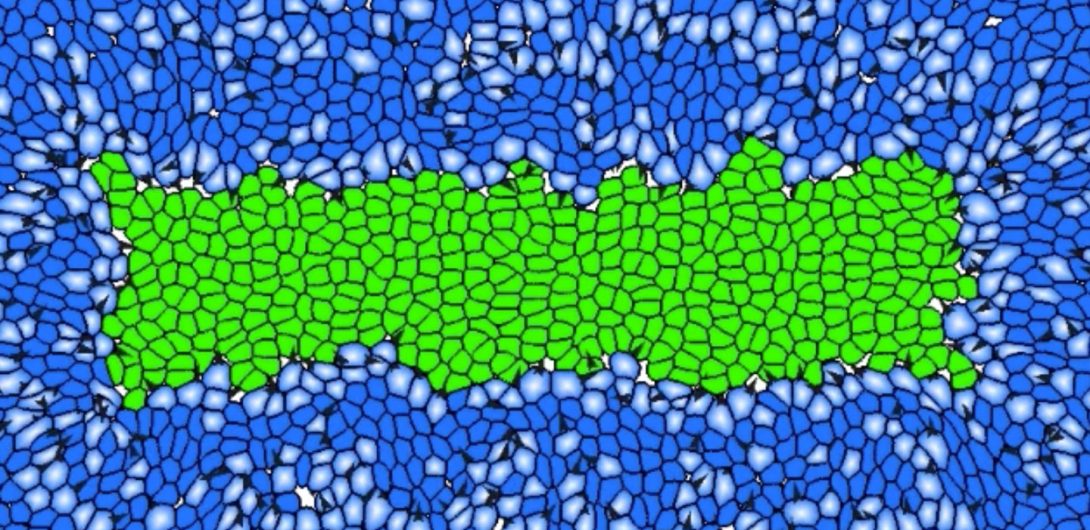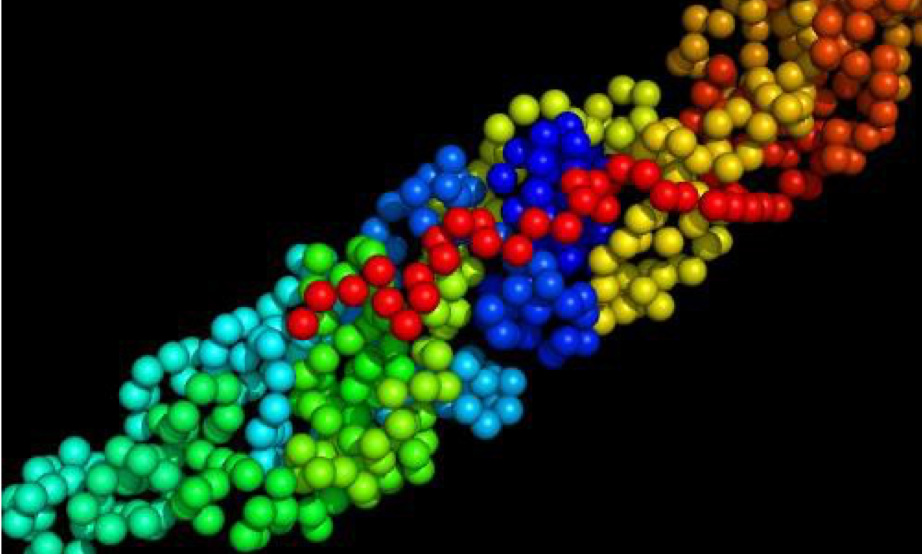Research
Precision Medicine, Cancer and Health Informatics. Heading link

While personalized genomics data have been rapidly accumulating, much of the genetic variants such as those measured in cancer genomics projects are difficult to interpret, and their roles in disease such as cancer unknown. We have developed novel computational methods that can accurately predict the likelihood of genetic variants in cancer development, even those mutations not yet collected from patients. We also have the unique ability to identify cooperative units of variants that collectively play significant role in cancer development. Our work will lead to improved methods for precision medicine. This project is current supported by NIH NCI.
Multiscale Mechanistic Modeling of Disease and Health. Heading link

After collection of big data, we will need to integrate genomics, proteomics, epigenetics, networks, cells, tissues, organs, and population data to develop mechanistic models. There are tremendous opportunities in gaining understanding of underlying mechanism of major cellular processes, as malfunctioning of these cellular processes belie many diseases. Informed by the large amount of data and measurement, quantitative models and computational simulation will untangle the complexities of many diseases, leading to formulation of new strategies for treatment and for manipulation for health benefits.
Stochastic Network and Constructing Personal Health Fitness Landscape. Heading link

Beyond sequences, proteins, and chromosomes, a higher-level landscape picture of the physiological states of cells is emerging, much like the evolutionary landscape of Waddington first formulated in the 1940s. With key biological processes characterized, we can now construct a probability landscape of cells, where the largest basin of the greatest attractor is that of the healthy state, and other smaller basins of higher altitude correspond to different disease states. Complex diseases such as cancer, represented by these elevated metastates, may be reached from multiple paths, corresponding to the heterogeneous nature of cancer cells with different environmental and genetic alterations. Ultimately, we can quantitatively define personalized baseline health states through measurements, simulations, and models.
Topological Data Analysis. Heading link

The emerging field of computational topology and topological data analysis (TDA) will be instrumental in conquering the unwieldly complex high-dimensional data such as the time-evolving probability landscape of cells computed using the ACME algorithm, so specific health fitness landscape in high-dimension can be constructed. The rapid developing field of TDA holds great promise beyond currently well-known deep learning and neural net methods.
(Liang has established collaborations with Herbert Edelsbrunner, a founder of the field of Computational Topology and TDA at IST Austria, with on-going projects on high-dimensional homology group computation. Extensive high-level research exchange of postdoc and PhD student between UIC/IST are planned.).
Computational Design of Bionanopores and Decellularized Biomaterial. Heading link

We also have unique and significant strengths in designing novel devices for data measurement. Bionanopores has the promise to sequence and quantify virtually all biologically relevant macromolecules. It is successful development will enable detection of modified state of proteins, as well as the presence of bacterial/virus.